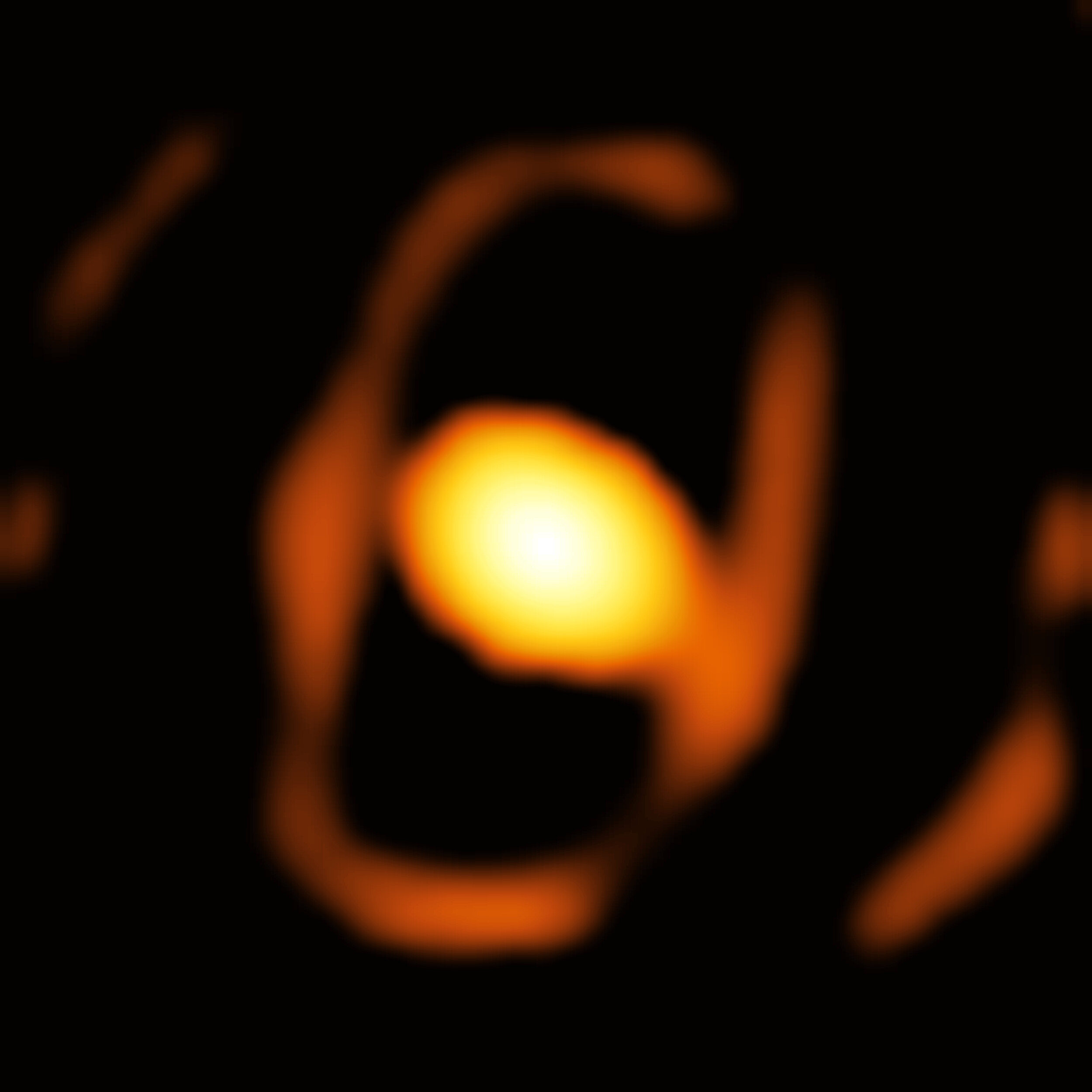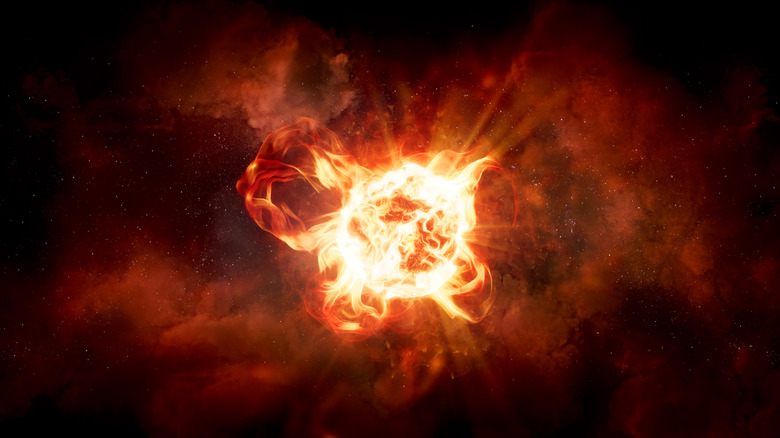Scientists Captured An Image Of A Star Beyond The Milky Way For The First Time Ever
For the first time, astronomers have imaged a star located outside the Milky Way galaxy. The subject, WOH G64, is a red supergiant situated roughly 160,000 light-years away in the Large Magellanic Cloud, a satellite galaxy of our own. This landmark achievement showcases the potential of modern astronomical tools in revealing distant cosmic phenomena.
WOH G64 is no ordinary star—it's a behemoth roughly 2,000 times the size of the Sun. The star is surrounded by a dense cocoon of gas and dust, which it has expelled during its dying stages. This process is typical of massive stars nearing the end of their life cycle as they shed their outer layers in preparation for an explosive supernova event.
Using the Very Large Telescope Interferometer (VLTI) in Chile, scientists were able to combine light from multiple telescopes, enabling them to observe WOH G64 in great detail. This astronomic breakthrough is the first time we've imaged a star outside our galaxy, and it will revolutionize how we study distant stars and galaxies.

One of the most intriguing findings from the observation is that WOH G64 has gradually dimmed over the last decade. This dimming is likely caused by the extensive material it has ejected, forming the dusty envelope observed around the star.
Discoveries such as this provide astronomers with valuable insights into how massive stars behave during the final stages of their evolution, shedding light on the conditions that precede supernova explosions. This success alone underscores a new era in astrophysics, where even objects far beyond the Milky Way are becoming accessible for closer study.
The detailed imaging of WOH G64 is more than a technical accomplishment—it's a step toward unraveling the mysteries of the universe beyond our cosmic neighborhood. Proving we can not only observe, but that we can also image stars that far beyond our own galaxy will drive astronomers to make future discoveries with other observatories like the James Webb space telescope.
